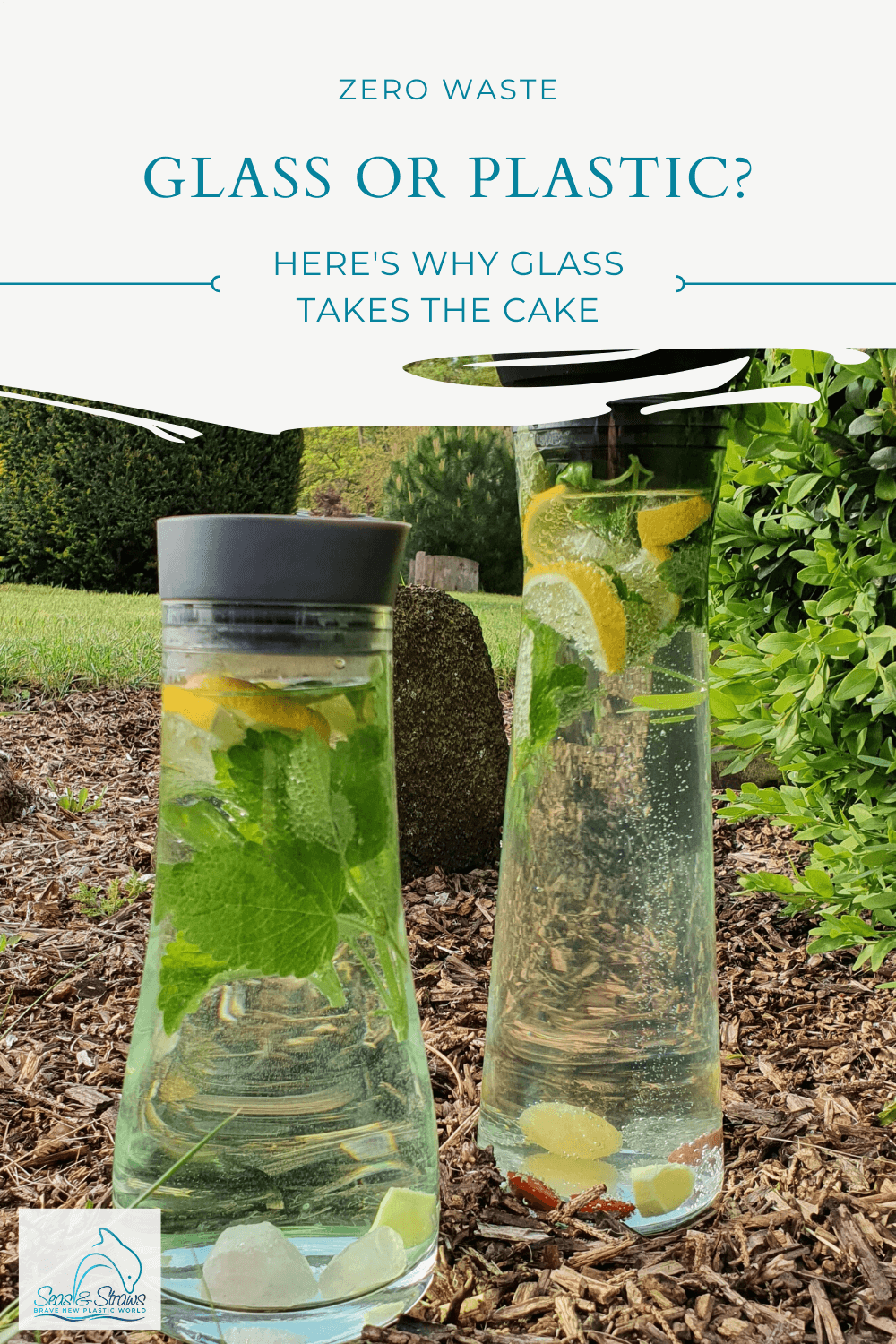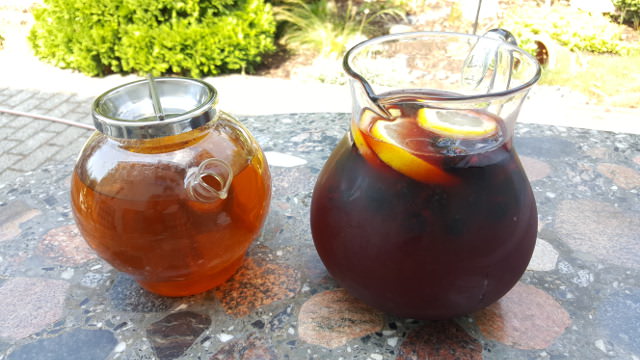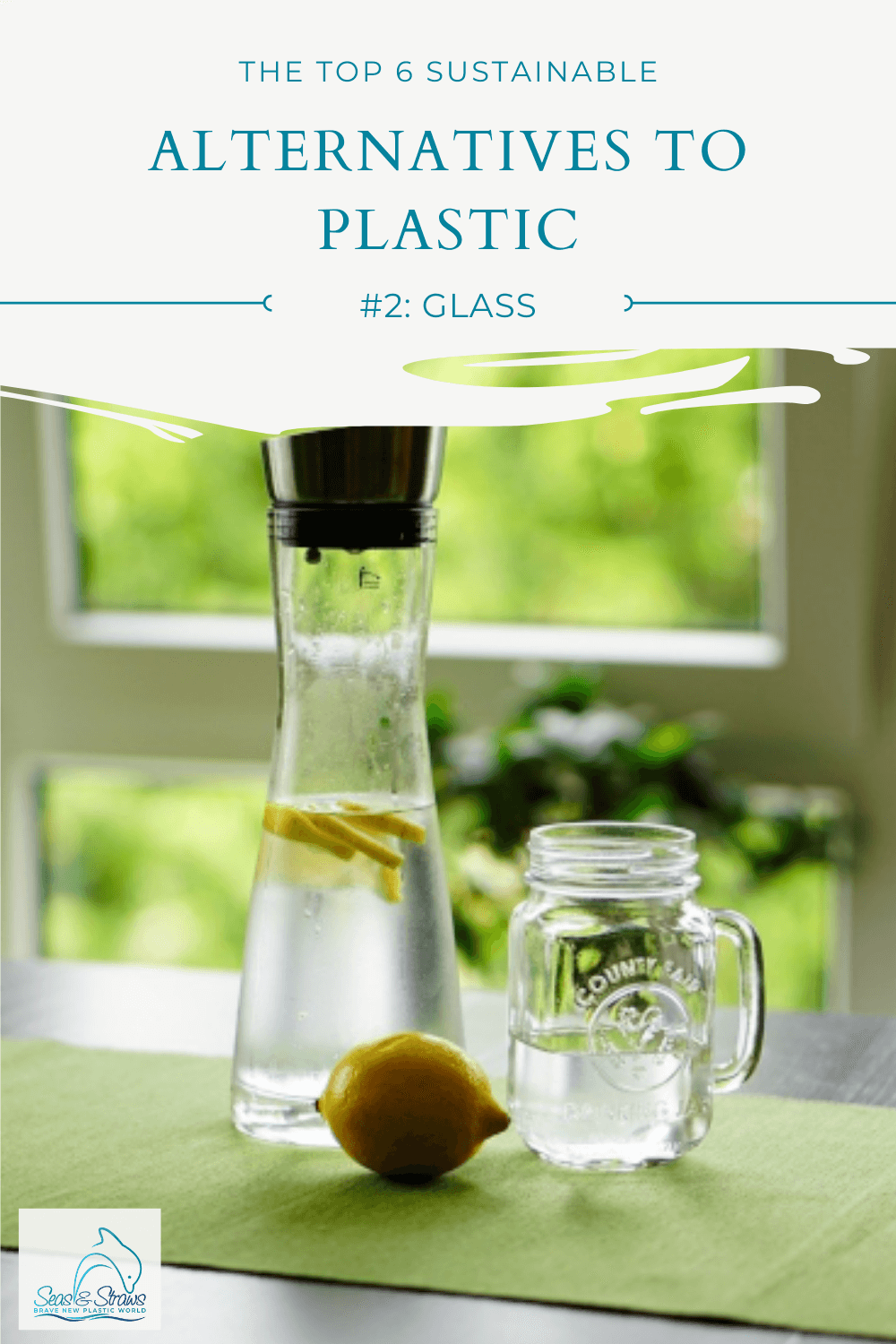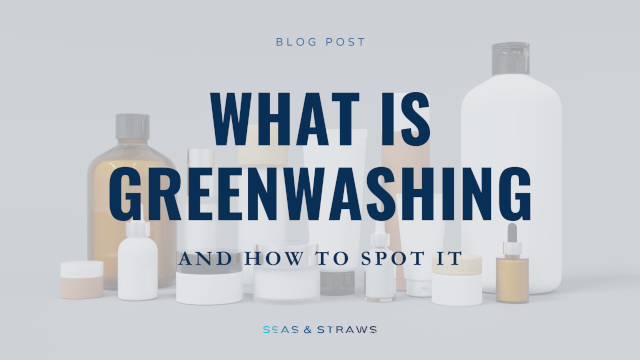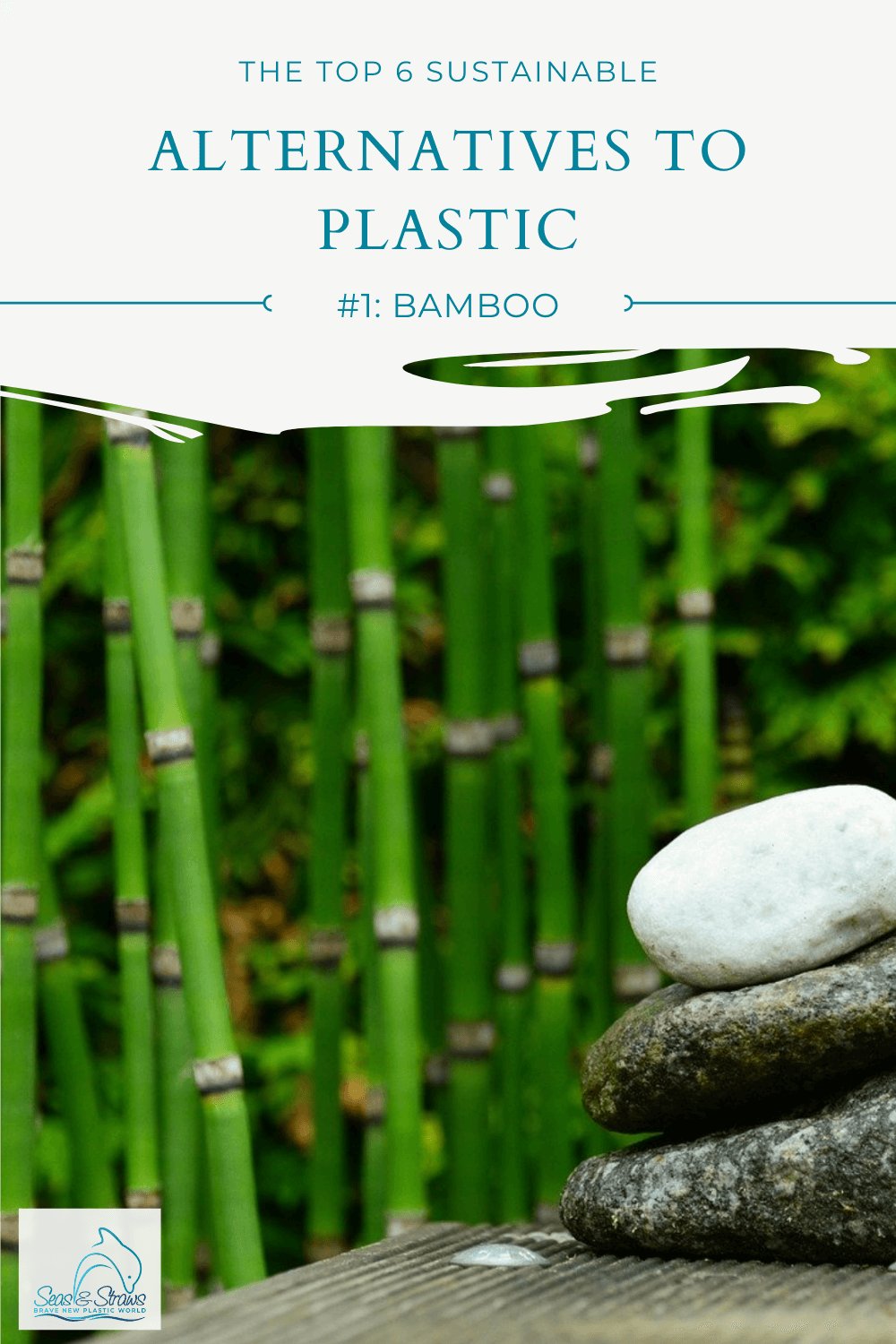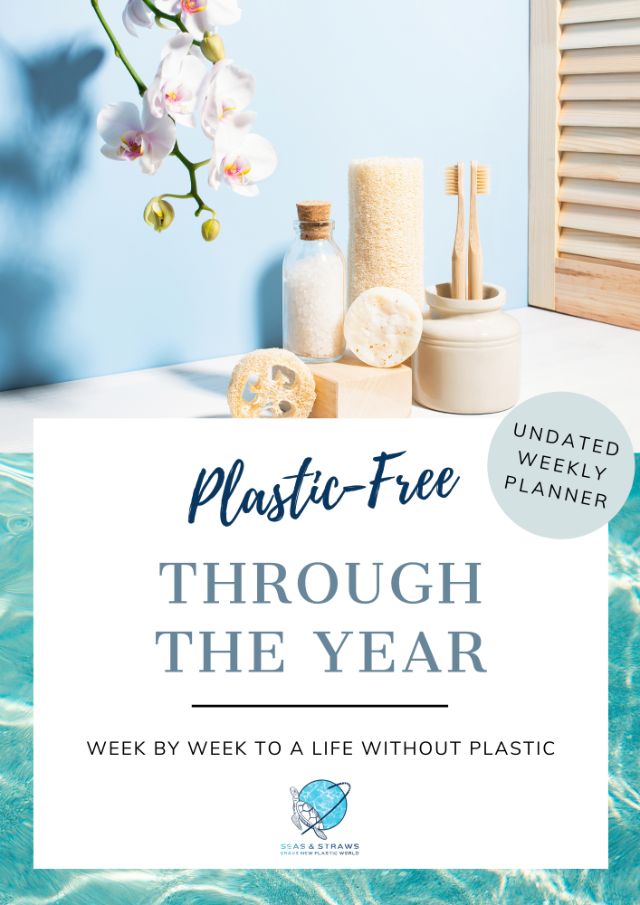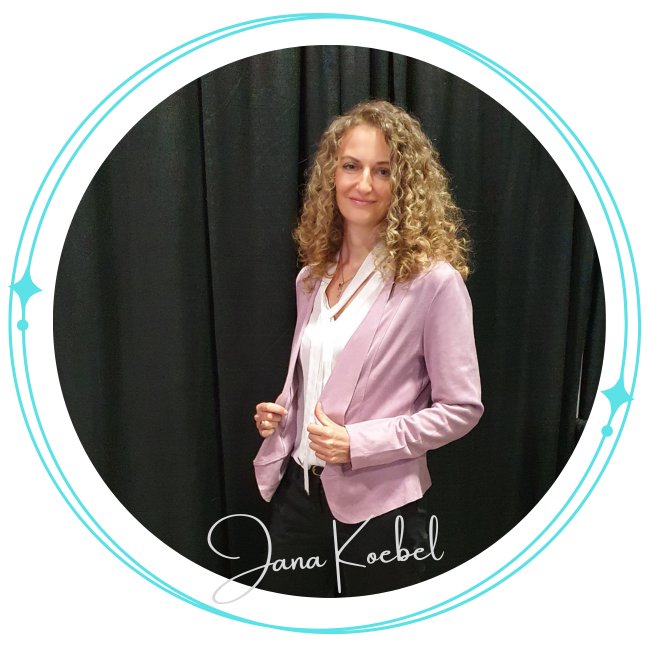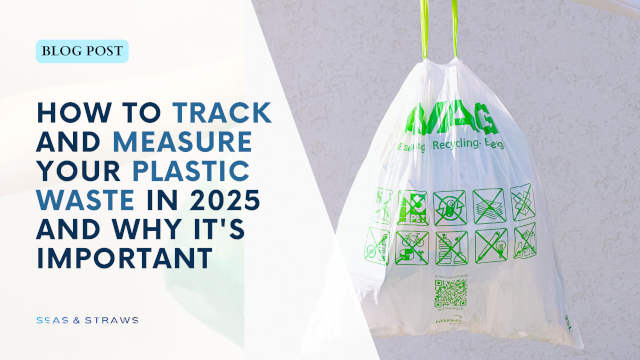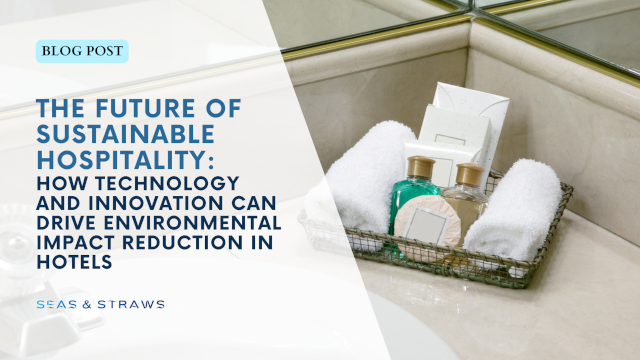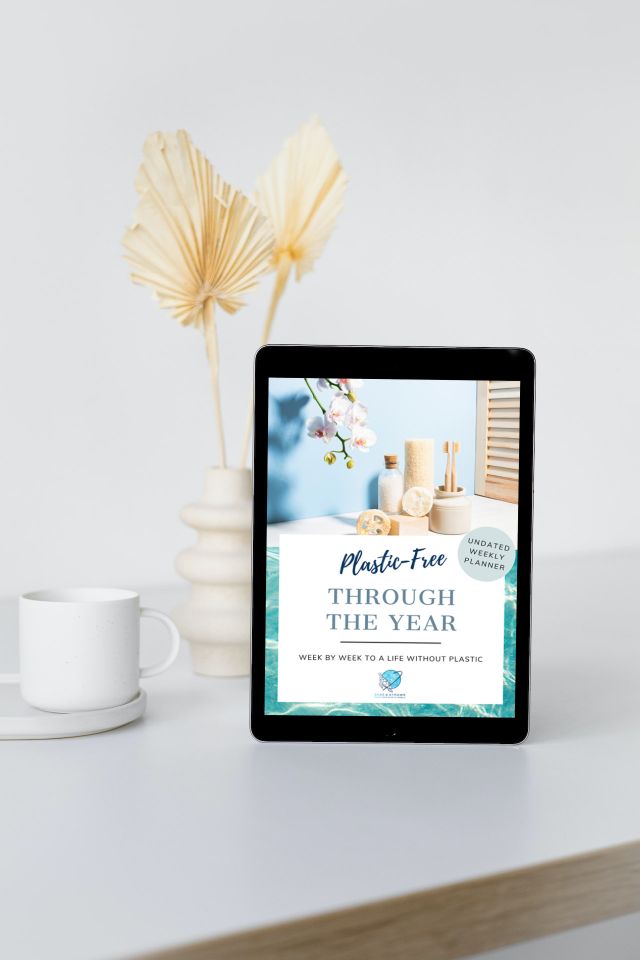- Home
- Plastic Alternatives
- Glass
Glass or Plastic? Here's Why Glass Takes The Cake
You see it, hold it, and use it virtually every day. Sometimes you accidentally step on it! It's transparent and breakable, but also strong enough to protect our homes and office buildings from the elements. It looks and acts like a solid material, but it's actually made of sand. You can certainly identify glass when you're looking at it, but do you really know what this unique material is?
what is glass?
Although it feels solid to the touch, glass is actually a quasi-liquid material. It is formed by melting regular sand and then letting it cool. But don't get too excited, as you won't be able to produce glass at the beach. It's only formed when sand is heated to a very high temperature (at least 3090º F, 1699º C) and then promptly cooled. When the material cools, it looks much different than sand on the beach. The newly cooled substance looks like a liquid, but you might see some crystalline particles and air bubbles trapped inside. The cooled material is referred to as an “amorphous” solid, since it stays in a hybrid liquid-solid state.
On a commercial scale, glass is produced by combining sand with other materials, including recycled glasses, limestone, and sodium carbonate. The sodium carbonate reduces the substance's melting point, which saves energy. The limestone is added to prevent the substance from turning into water. After the material is heated and cooled to a syrupy substance, it gets molded into various shapes, such as flat sheets, containers, and vases. The end product is called lime-silica-soda glass, and it's the type used in most household objects, such as jars, water glasses, wine glasses, and windows. These items are then sold as commercial products.
Glass or Plastic?
If you ask your family and friends which substance is better, chances are good you'll get many different answers! Experts who weigh in on the subject agree that glass is better than plastic for health and environmental reasons.
Glass is heat and cold resistant
First of all, glassware can withstand higher temperatures without breaking or deforming. It is also safe for hot and cold food alike, some containers can even be put in the freezer. This makes it safer and more practical than plastic to properly store foods. It can be used as salad bowls, drinking bottles and storage containers. Glass straws are beautiful and elegant. Take them to the bar or restaurant and you will definitely turn heads.
Glass does not leach toxic chemicals
The polymers that plastic is made of break down when they are exposed to heat. When they do, they leach toxic chemicals into the air and whatever else they come in contact with. If you've ever sipped water from a warm plastic water bottle, you may have noticed a strange smell and aftertaste. These are, among other substances, the phthalates that leach from the plastic into the beverage. I can only stress it again: you should never microwave your food in a plastic container and never leave a plastic bottle in a place that’s exposed to the sun (like your car). On the other hand, plastic has a porous surface that absorbs flavours and odors from the food. Because such a porous surface is very hard to clean, it can harbor bacteria with time.
Several years ago, the American Food and Drug Administration (FDA) released a statement about a substance called bisphenol A, or BPA, which was linked to a variety of negative health effects, including changes in brain function and reproductive organs. Some researchers have also linked BPA exposure to higher blood pressure levels, according to the Mayo Clinic. To minimize the risk of harmful BPA effects, the Mayo Clinic and FDA both recommend using glass containers, drinking bottles, and servingware instead of plastic.
Glass is inert to flavors and odors
Its non-porous surface is very easy to clean and by nature antibacterial. Glass neither absorbs smells and flavours, nor does it leach any toxic chemicals into the food or beverage, simply because no unsafe chemicals are used to manufacture it. It is 100% natural, as it's made from only organic ingredients (sand, soda and limestone).
Glass will never produce these odd flavors that alter the taste of liquids that they're used to store.
If you need more evidence to support its value, consider the fact that it's used by winemakers around the world to protect the purity of their product. This is true for the most expensive kinds, which can diminish in quality and popularity if their flavors are altered!
Sustainability and ecological footprint of glass
Since glassware is designed to be reusable and lasts for a long time, it is considered a very sustainable material. Whereas 50% of all plastic is produced for single-use, glass can last for decades. Sometimes, you might only find that you need to replace a product if it accidentally breaks!
But if you do decide to get rid of it, all you need to do is recycle it. Glass has an unlimited recycling life, which means it is 100% endlessly recyclable without sacrificing quality, purity, and integrity. Recycled glass bottles can be reused to produce new glass bottles or other environmentally-friendly consumer products time and time again. This includes providing insulation in storm windows and doors and creating thin layers of fiber in transportation vehicles, such as planes, cars, and trucks, to reduce their weight and improve fuel economy.
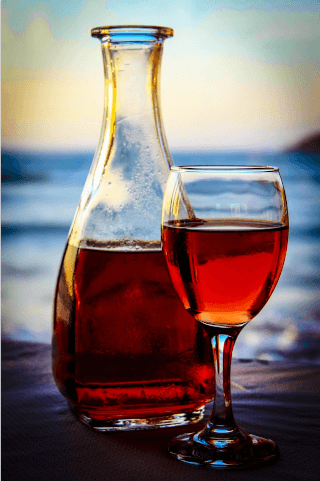 Glass is beautiful, durable and versatile
Glass is beautiful, durable and versatileWhat is more, recycled glass requires 40% less energy to form into new glass than its original components, and avoids 60% of CO2. 70% of all glass bottles are collected for recycling, as compared to the 8% of plastic.
Finally, glassware is widely used as a product in the renewable energy industry. It is a main component of solar panels, and it's also used in solar thermal systems. In the wind industry, it is a vital part of wind turbine systems.
Because it can make homes and buildings more insulated, help provide power through renewable energy, and make transportation more fuel efficient, glassware has a very minimal ecological impact. This is also true in its commercial production process, as it's mixed with a variety of other materials to save energy. Only about 2% of the carbon emissions produced by making products in the soft drink industry are attributed to glass production. Much more energy is spent producing plastic containers, packaging the products, and shipping them to their end destination.
Did you know that the color of the end product also determines its ecological footprint? In the production cycle, switching from clear to green glass reduced carbon dioxide (CO2) emissions by up to 20%. This is attributed to the fact that green glass has a higher content of recycled material (at 72%) than clear glass, which is made of about 29% recycled material. Even better, making the switch to colored glass doesn't seem to have an affect on consumers, as many report noticing no difference in the taste, color, and quality of the food and drink products that are packaged in green-colored glassware.
Versatility
Glass is so common that you probably don't even realize everything that it is used to make, including the computer screen you're using to read this page right now! Every time you gaze out the window or look at your phone, you're looking at glass. This versatile material is used to make a variety of substances and products of all sizes, and they are found throughout your home.
Borosilicate Glassware
Most glassware in your kitchen is made from borosilicate. This specialty glassware is formulated to have thermal shock resistance. It's adept at tolerating high heat without breaking or cracking. Baking pans and other cooking products made of borosilicate are ideal for preparing and preserving foods made at higher temperatures, since they can easily transition between cooking foods in the oven to being placed on the counter without breaking. Borosilicate is also commonly used to make the thin glass window on ovens and microwaves because it can withstand exposure to high temperatures. Because of its durability, borosilicate is frequently used to make drinking glasses for wine, water, and spirits.
 Glass can be used for hot and cold food. Some kinds (like this one) can even be put in the oven.
Glass can be used for hot and cold food. Some kinds (like this one) can even be put in the oven.Soda-lime Silica
Whenever you open your fridge or cabinet, you're probably looking at soda-lime silica. This material is made from limestone, sodium carbonate, and recycled glasses. It's one of the most common varieties of glassware used in household products. Some products it's frequently used to make are food containers and glass jars. Plates, bowls, and cups may also be made of soda-lime silica. This type of glassware is also used in vases. It also covers your thermometers, clocks, and tabletops.
Phosphates
If you turn on the news in the morning, check your email in the afternoon, or surf the web for a recipe at dinnertime, you're using phosphate. Phosphate is used in fiber optics, which are cables used to carry electronic information. Fiber optic cables are used in everything from the internet to the phone lines. You might have never known that these tiny cables were there, but you definitely notice their absence when your electronic products go down!
It's your turn
For a substance that's omnipresent, nearly invisible, and used to power homes and buildings, glass can easily be considered a miracle material in the modern world. It is environmentally friendly, sustainable, and recyclable, so you can continue to use it for years to come.
Are you willing to make the switch yet? Let me know.
